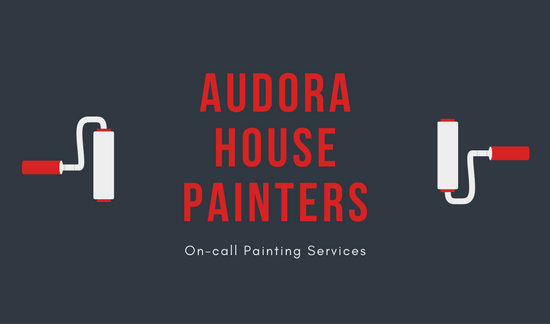Weather'S Impact On Commercial Exterior Paint: Important Knowledge For Success
Weather'S Impact On Commercial Exterior Paint: Important Knowledge For Success
Blog Article
Personnel Writer-Weiss Silver
When you're planning a commercial outside paint job, do not undervalue the influence of weather on your outcomes. You require to think about variables like temperature level, moisture, and precipitation, as they can make or damage your paint task. As an example, did you know that excellent conditions call for specific temperature ranges and humidity levels? Failing to keep track of these aspects can result in irregular finishes or perhaps damage to fresh paint. Comprehending these components is key to attaining a durable, specialist outcome. So, what details weather should you be wary of?
Temperature Considerations
When it involves commercial external paint, temperature plays a vital duty in the result of your job. If you're repainting in extreme warm, the paint can dry also quickly, leading to concerns like bad adhesion and irregular surfaces. You intend to go for temperature levels in between 50 ° F and 85 ° F for the very best outcomes. Listed below 50 ° F, paint may not treat appropriately, while over 85 ° F, you risk blistering and breaking.
Timing your project with the ideal temperatures is vital. Begin your work early in the morning or later on in the afternoon when it's cooler, particularly throughout warm months.
Likewise, think about the surface temperature level; it can be considerably higher than the air temperature level, specifically on warm days. Make use of a surface thermometer to examine this prior to you begin.
If temperatures are unpredictable, watch on the weather forecast. Unexpected temperature level declines or warm front can thwart your plans. You do not want to begin painting just to have the problems change mid-project.
Humidity Degrees
Moisture degrees dramatically impact the success of your commercial exterior painting project. When the moisture is expensive, it can prevent paint drying out and treating, resulting in a range of concerns like poor bond and end up top quality.
If you're planning a work during moist problems, you may find that the paint takes longer to completely dry, which can extend your task timeline and increase costs.
On https://www.21oak.com/home-maintenance/high-humidity-indoor-painting/ , reduced humidity can likewise pose difficulties. Paint may dry as well quickly, preventing proper application and causing an unequal surface.
You'll intend to check the humidity levels carefully to guarantee you're working within the suitable variety, commonly in between 40% and 70%.
To obtain the most effective results, take into consideration making use of a hygrometer to gauge humidity before starting your task.
If you locate the degrees are outside the ideal array, you may require to readjust your timetable or choose paints developed for variable problems.
Always get in touch with the supplier's guidelines for particular referrals on humidity tolerance.
Precipitation Impact
Rain or snow can considerably interrupt your industrial external painting plans. When rainfall takes place, it can wash away fresh used paint or create an irregular coating. Ideally, you intend to select days with dry climate to make certain the paint adheres properly and cures properly. If you're caught in a rain shower, it's finest to halt the job and wait for problems to boost.
Moreover, just click the up coming site can be a lot more damaging. Not only does it develop a damp surface, but it can likewise decrease temperature levels, making it tough for paint to dry. This can result in concerns like peeling or blistering down the line.
It's crucial to inspect the weather prediction before beginning your task. If rainfall or snow is predicted, take into consideration rescheduling.
Constantly keep in mind to permit sufficient drying time in between layers, specifically if the climate continues to be uncertain.
Final thought
Finally, watching on the weather is essential for an effective commercial outside paint job. By monitoring temperature, humidity, and precipitation, you can make certain the best conditions for application and treating. Bear in mind to prepare your work around favorable weather and always comply with manufacturer guidelines. With the ideal approach, you'll achieve a durable, gorgeous coating that can withstand the components. Don't allow the climate catch you off guard-- remain educated and repaint wise!
